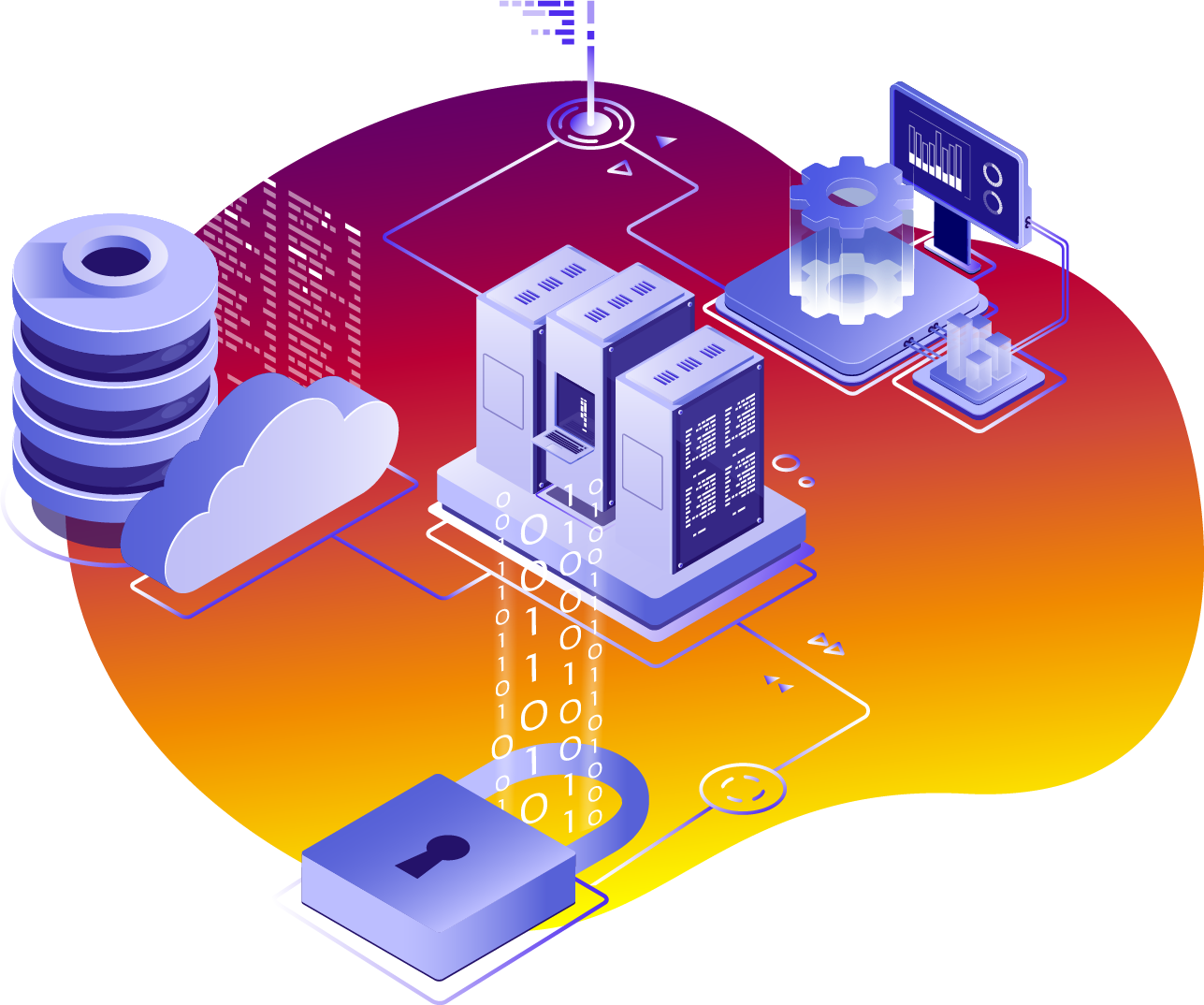Why its important to integrate i2B Purchase to Pay with your Enterprise Resource Planning (ERP) system.
Introduction
In today’s fast-paced business environment, efficiency and accuracy are paramount. Purchase-to-Pay (P2P) systems like i2B play a crucial role in streamlining procurement, invoicing, and payment processes. However, to maximize their potential, these systems need to be seamlessly integrated with Enterprise Resource Planning (ERP) systems.
The Benefits of i2B – ERP Integration
- Improved Data Accuracy:
- Real-time updates: Changes made in one system are automatically reflected in the other, ensuring data consistency.
- Elimination of manual data entry: Reduces the risk of errors and saves time.
- Enhanced Efficiency:
- Automated workflows: Streamlines processes from purchase requisition to payment, reducing cycle times.
- Centralized data: Provides a single source of truth for financial information.
- Increased Visibility:
- Comprehensive reporting: Offers insights into spending patterns, supplier performance, and compliance.
- Better decision-making: Enables informed strategic planning.
- Enhanced Compliance:
- Adherence to regulations: Ensures compliance with tax, financial, and industry-specific requirements.
- Audit trails: Provides a clear record of transactions for audits and investigations.
Key Integration Considerations
- Data Mapping:
- Define how data elements from i2B and ERP systems will correspond to each other.
- Ensure consistency and accuracy in data transfer.
- Workflow Integration:
- Align i2B and ERP workflows to create a seamless process.
- Consider areas such as purchase requisitions, approvals, and invoice processing.
- Reporting and Analytics:
- Integrate reporting capabilities to provide comprehensive insights across both systems.
- Leverage analytics to identify trends and optimize processes.
- Security and Access Controls:
- Implement robust security measures to protect sensitive data.
- Grant appropriate access levels to users based on their roles and responsibilities.
Best Practices for i2B-ERP Integration
- Assess Your Needs:
- Identify the specific goals and objectives of the integration.
- Identify the specific goals and objectives of the integration.
- Involve Key Stakeholders:
- Ensure buy-in from finance, procurement, IT, and other relevant departments.
- Address potential concerns and challenges.
- Plan for Testing and Go-Live:
- Conduct thorough testing to identify and resolve issues before implementation.
- Develop a comprehensive go-live plan to minimize disruptions.
Conclusion
By integrating i2B with your ERP system(s), you can significantly improve efficiency, accuracy, and compliance. The benefits of this integration extend beyond financial processes, impacting overall operations and decision-making.
By following best practices and carefully considering key factors, organizations can achieve a seamless and successful integration that drives value.

